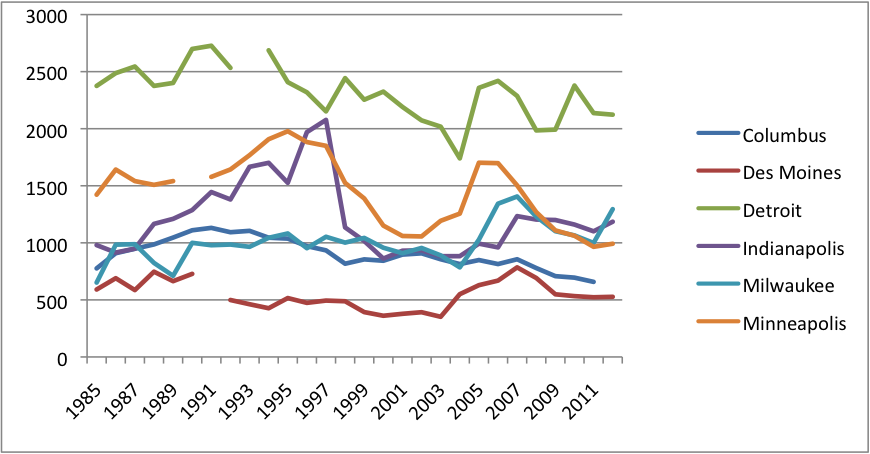Recently, news programs and papers have been flooded with stories regarding the 16 year-old boy from Texas, whose drunk-driving incident this past summer left four people dead, and a handful of people injured. The most troubling aspect of these stories for most people is the fact that the boy had received a very lenient sentence, a mere ten years’ of probation and some therapy, instead of the jail time that the prosecution asked for. The boy had been drinking prior to the accident, and his blood alcohol level at the time of the crash was about three times over the legal limit, not to mention the fact that an underage minor should have no alcohol in his system. The defense claimed that the boy suffered from what has been termed “affluenza,” which is defined as a condition where children who are from a wealthy and affluent background may not understand that “bad behavior has consequences.” (according to the Los Angeles Times). By touting the need for rehabilitation over a prison sentence, the defense was able to get the boy ten years’ probation, instead of the sentence sought for him.
This story has conjured up a lot of anger across the nation, and has left many people in shock over the fact that this seems to be one more case where the wealthy seem to be able to find their way around the legal system and be treated much more leniently than people of less affluent backgrounds. Many people believe that the outcome may have been different if the boy had not been wealthy, and this has created an outrage over the sense of entitlement that the teen was believed to have gotten. “Affluenza” is not a recognized disorder, but it has received national attention through this story. However, this “condition” that the boy’s defense team believed the teen suffered from prompts us to ask other questions: Don’t some people who live in impoverished conditions also suffer from the inability to see the consequences of certain actions, which is the same argument that “affluenza” gives for wealthy people, just at the opposite end of the spectrum? Should “affluenza” be recognized as a “trump card” of sorts for the wealthy, when others could just as likely have a similar argument about knowing right from wrong?

